11 Step Checklist for Internationalizing a Website
At sliplane.io we recently added another language to our website and since I did this in another project before, I knew it was going to be a huge hassle! That's why this time, I derived a checklist, that you can follow when translating your own website. I use nuxt/i18n in the examples, but the checklist generally applies to all technologies. Strategies: Before we get into it, let me clarify what this checklist is for. There are several strategies when it comes to internationalizing a website: Separate websites for each language Same website but different content Same website, same content, but localized I will only focus on number 3 here, I think in most cases this is the least effort to pull off and maintain. Checklist Before getting started, create a list of all layouts, pages and components that need to be translated. It helps to do this in advance, to keep an overview over the status of translations. You then go through each layout/ page/ component and follow the checklist below: html lang attribute The first thing to do is to add the html lang attribute: ... Two letter language codes like de also work, but it's best practice to include the country. Internal and external links You want to make sure, that on a German site, internal and external links point to German content. I18n plugins usually provide utilities to deal with internal routing in SPAs, for external links it's important to adjust the href accordingly. Homepage becomes {{ $t('homepage') }} Images Sometimes images contain text or they are localized in another way, so that it's necessary to show a different image for each language. Remember to localize the alt and src property if necessary. becomes Aria Labels Aria labels are sometimes overlooked, when translating a website. In case you use them, remember to also translate Aria labels. becomes Variables and pluralization in Text: Variables in text can be challenging to translate, since you can't just provide a static string, but have to run some sort of interpolation to inject your variables and dynamically adjust the pluralization. Usually the i18n plugin ships with this feature, but it can be pain to use it consistently since it just adds a lot of code, so sometimes it's easier to rephrase your sentences like this: "There are 5 apples in my box" becomes: "Apples in my box: 5" There are {{ numberOfApples }} in my box. becomes {{ $t('applesText', numberOfApples) }} Datetime and number formatting Make sure to adjust how date times and numbers are formatted. In the US, decimals are separated by . in Europe it's a ,. Also adjust currency formats: in some languages the currency symbol is in front of the number $5.00 sometimes it's after 10,00€. On top you need to consider conversions of other units like distance (feet to meters), weight (pounds to kilograms) or volumes (ounces to liters)… You can either leverage your i18n plugin or use native functionality like date.toLocaleDateString(locale, {...}) (toLocaleDateString) or new Intl.NumberFormat(locale,).format(count)(Intl). Total cost: $5.00 becomes {{ $t('totalCost') }}: {{ $n(5, 'currency', locale) }} HTML In a couple of cases I stumbled over this situation: This is very important! In order to translate that, without loosing the styling, you can translate the html and render it on screen: { ... translated: 'Das ist sehr wichtig!' } In Vue you can render this using the v-html directive: In plain js you would do something like this: document.getElementById("myDiv").innerHTML = $t('translated'); Note: Rendering html strings is a potential XSS vulnerability, so you either want to avoid it if possible, or sanitize your html string before with a library like sanitize-html: import * as sanitizeHtml from 'sanitize-html'; const translatedString = "Das ist sehr wichtig!" const sanitized = sanitizeHtml(translatedString) document.getElementById("myDiv").innerHTML = sanitized; Meta tags Don't forget to translate your pages meta tags. Meta title, description, and potentially the image are all important for consistent localization. Welcome to my homepage! This meta section is often generated by the framework so make sure to localize it there and don't forget to check the generated html. Alternate links Add references to your markup, to indicate to search engines, that there are alternate versions of the page in different languages. You can do so using alternate links: Make sure to include all languages, even a reference to the current page itself. If you set these links via your framework it's best to inspect the generated html code, in order to make sure that everything went as expected. Sitemap There are different strategies for your si
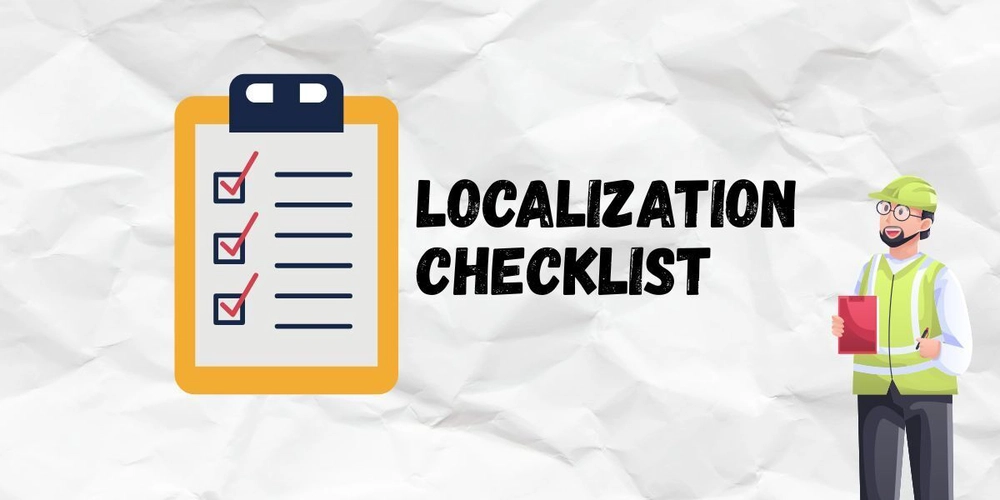
At sliplane.io we recently added another language to our website and since I did this in another project before, I knew it was going to be a huge hassle! That's why this time, I derived a checklist, that you can follow when translating your own website. I use nuxt/i18n in the examples, but the checklist generally applies to all technologies.
Strategies:
Before we get into it, let me clarify what this checklist is for. There are several strategies when it comes to internationalizing a website:
- Separate websites for each language
- Same website but different content
- Same website, same content, but localized
I will only focus on number 3 here, I think in most cases this is the least effort to pull off and maintain.
Checklist
Before getting started, create a list of all layouts, pages and components that need to be translated. It helps to do this in advance, to keep an overview over the status of translations. You then go through each layout/ page/ component and follow the checklist below:
html lang attribute
The first thing to do is to add the html lang attribute:
lang="de-de">
...
.webp?#)
.webp?#)
.webp?#)

















































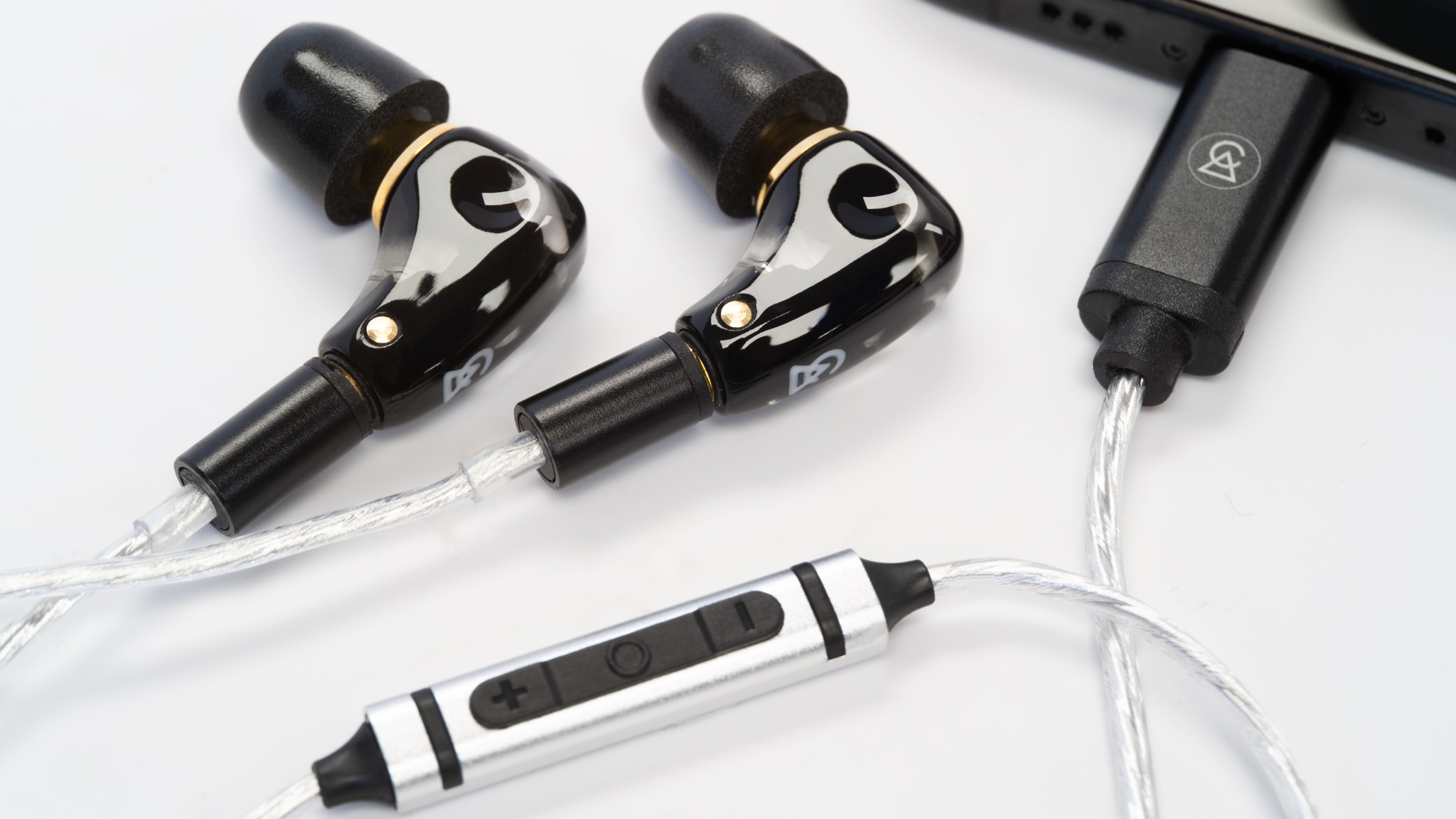















![Apple Considers Delaying Smart Home Hub Until 2026 [Gurman]](https://www.iclarified.com/images/news/96946/96946/96946-640.jpg)
![Tariffs Threaten Apple's $999 iPhone Price Point in the U.S. [Gurman]](https://www.iclarified.com/images/news/96943/96943/96943-640.jpg)
![iPhone 17 Pro Won't Feature Two-Toned Back [Gurman]](https://www.iclarified.com/images/news/96944/96944/96944-640.jpg)




















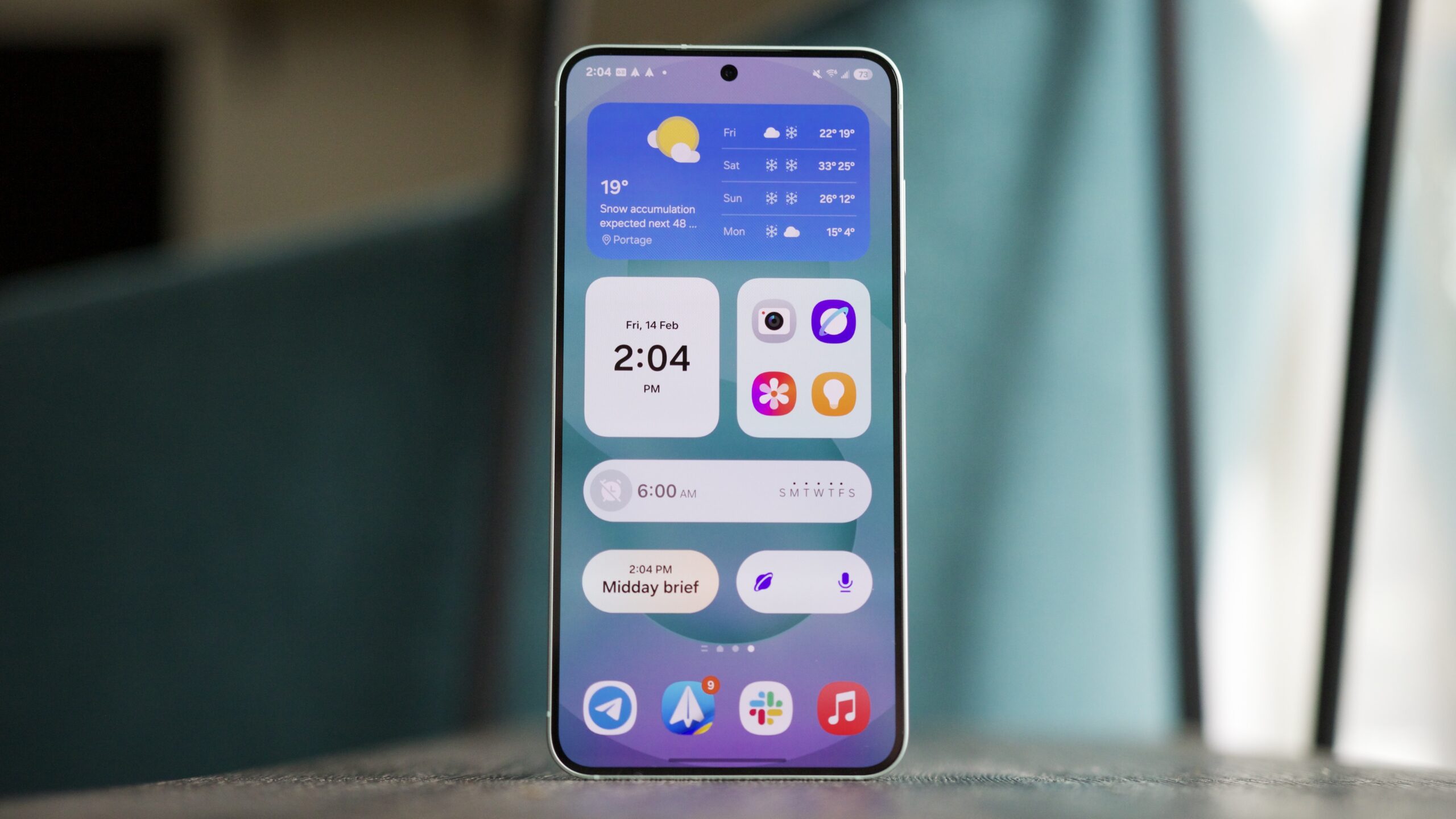
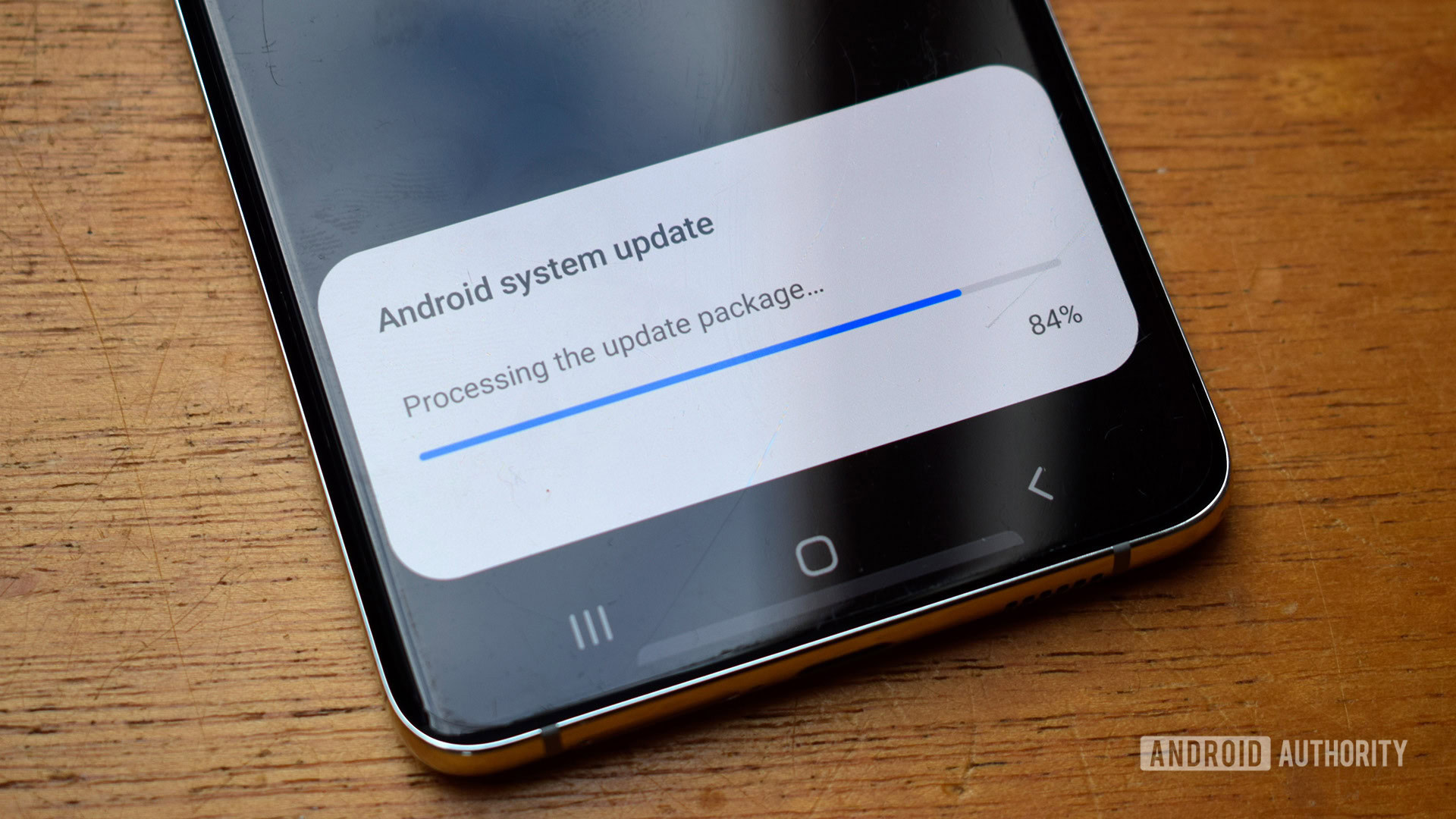


















































































_Christophe_Coat_Alamy.jpg?#)




























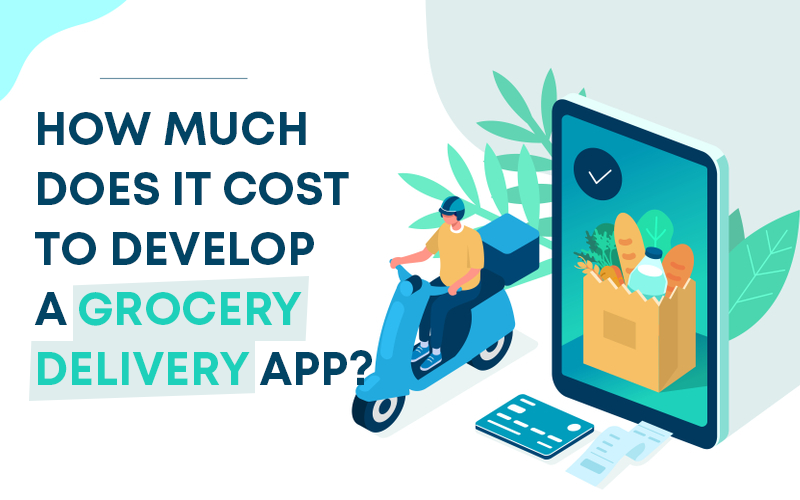












































![[The AI Show Episode 142]: ChatGPT’s New Image Generator, Studio Ghibli Craze and Backlash, Gemini 2.5, OpenAI Academy, 4o Updates, Vibe Marketing & xAI Acquires X](https://www.marketingaiinstitute.com/hubfs/ep%20142%20cover.png)





































































































































![From drop-out to software architect with Jason Lengstorf [Podcast #167]](https://cdn.hashnode.com/res/hashnode/image/upload/v1743796461357/f3d19cd7-e6f5-4d7c-8bfc-eb974bc8da68.png?#)



![[DEALS] The Premium Learn to Code Certification Bundle (97% off) & Other Deals Up To 98% Off – Offers End Soon!](https://www.javacodegeeks.com/wp-content/uploads/2012/12/jcg-logo.jpg)























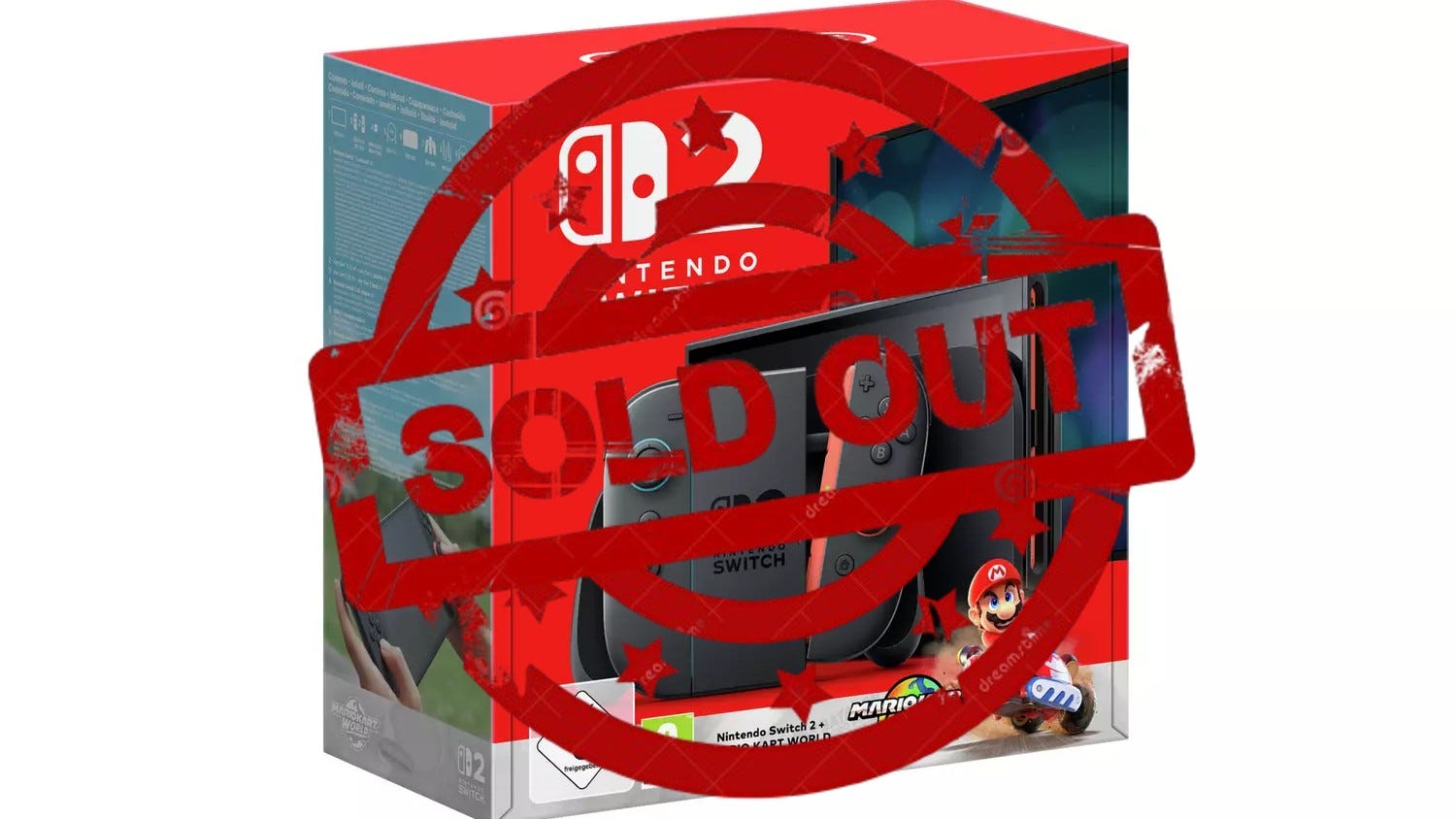
-(1).png?width=1920&height=1920&fit=bounds&quality=80&format=jpg&auto=webp#)










.png?#)














































